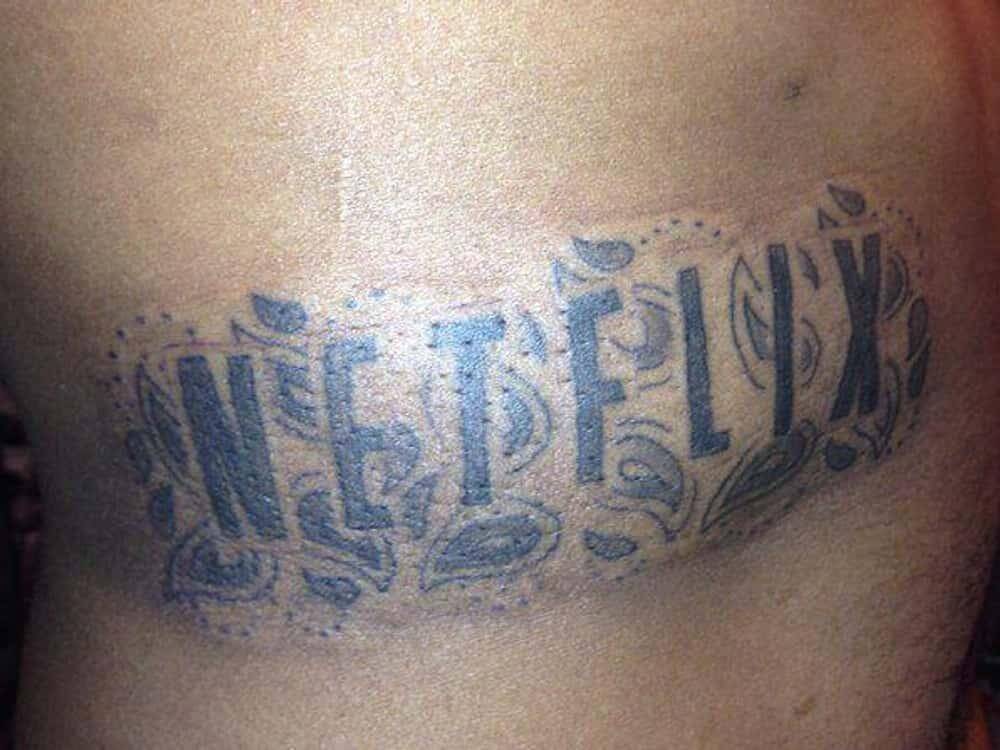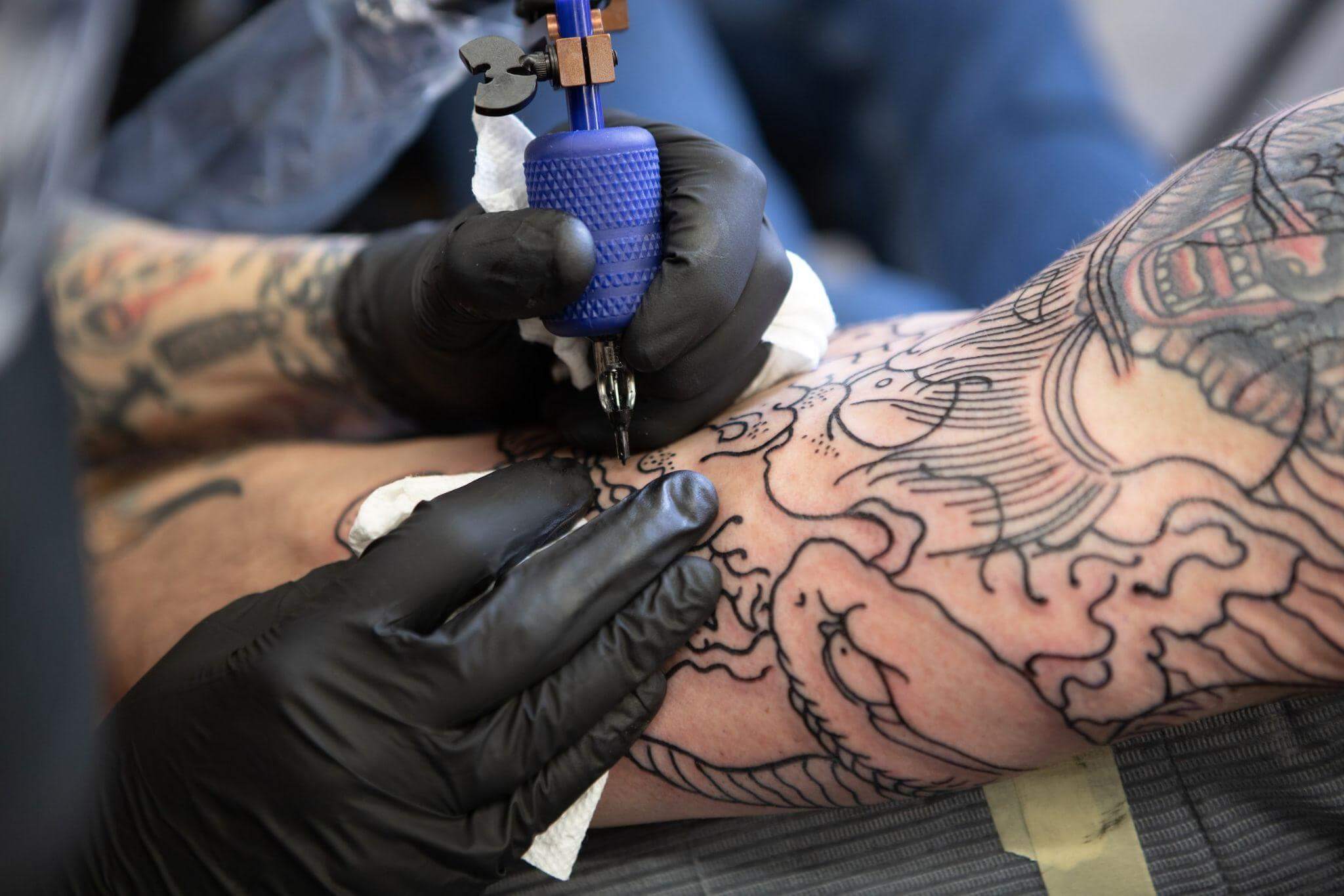Ink is eternal—especially when it’s forged in fire, magic, and fandom.
The skin speaks. And lately? It’s speaking Elvish, glowing with runes, and whispering oaths to dark queens and monster hunters. Welcome to 2025, where tattoo trends aren’t coming from rock bands or biker culture—but straight from the swirling portals of Netflix’s fantasy series.

https://www.ranker.com/list/netflix-original-series-tattoos/nathandavidson
The Rise of the Streaming-Inspired Sleeve
Scroll your feed. What do you see? Forest sprites, sigils, obsidian swords etched across forearms, and wolves howling from shoulder blades. The lines between pop culture and personal identity have blurred—and nowhere is that more visible than on human skin.
A 2024 poll by the Skin Ink Collective revealed that 34% of people aged 18–35 who got a tattoo last year said it was inspired by a TV show. Of those, nearly half pointed directly to Netflix fantasy content. That’s no accident. We’re talking visual storytelling on steroids: The Witcher, Shadow and Bone, The Sandman, Locke & Key, and more—feeding imaginations and inking bodies.
People don’t just watch. They worship.
From Sword-Signs to Sigils: What People Are Getting
Take The Witcher. Not just the silver wolf medallion—though that’s a top pick—but also Yennefer’s obsidian star, Elder Speech phrases in flowing script, and mutations symbolized with alchemical diagrams. One tattoo artist in Portland reported doing “over 50 Witcher-themed tattoos in three months after season 3 dropped.”
Then there’s Shadow and Bone. The Sun Summoner’s swirling light motif? Everywhere. The Crows’ black bird silhouettes—paired with daggers, dice, and locks—adorn ankles, ribs, necks. People want to carry the Grishaverse with them, permanently, like spells cast on flesh.
Other recurring elements?
- Glowing runes (à la Locke & Key)
- Endless spirals and dreaming symbols (The Sandman)
- Faun horns, fairy wings, and dark forest roots (Fate: The Winx Saga)
Netflix is much more than you think. But without a Netflix VPN, you won’t be able to see all the content on the platform. When Netflix VPN is active, you can see movies and TV shows that are intended for other countries. There are a lot of interesting titles here, they are just hidden from users by default. Without free movement between regions, you won’t be able to see them, and VPN helps with this.
Why the Fantasy Genre Works So Well on Skin
Fantasy is symbolic by nature. And tattoos? They’re the ultimate symbols.
Unlike sitcoms or romcoms, where the appeal lies in dialogue and relationships, fantasy series build entire mythologies. Symbols mean something. They represent powers, loyalties, tragedies, awakenings. A tree is not just a tree; it’s Yggdrasil. A crown might be cursed. A mark could doom you.
Humans crave meaning—and when that meaning is beautiful, painful, and mystical, it makes for compelling ink.
Plus: color palettes in fantasy series are rich and often dark. Think obsidian, blood-red, emerald, gold, shadow-blue. These tones translate well into skin, offering a bold yet intricate aesthetic.
Tattoos as Identity Anchors
Why now? Why so many?
Because identity is splintered in the digital age. People seek anchoring. A tattoo of Geralt’s medallion isn’t just fandom—it’s allegiance. It says, “I am the kind of person who survives, who hunts monsters, who refuses to follow the crowd.”
In a 2025 Reddit survey across ink-related forums, users overwhelmingly described their fantasy tattoos not as “cool” but as “personal.” They used words like tribe, power, escape, armor. One user wrote: “This rune reminds me that even in chaos, I have magic. That I’m not helpless.”
Fantasy has always given people a way out—or a way through. Now, it’s become literal. A way on the body.

https://certifiedtattoo.com/blog/why-do-tattoo-artists-use-cling-wrap-or-plastic-wrap
Tattoo Artists Go Fandom Pro
There’s a whole generation of tattooists now specializing in what some call “screened symbolism.” They watch the shows. They study the lore. They create original mash-ups—Witcher meets Studio Ghibli? Sandman with Celtic knotwork? Done.
Studios from Los Angeles to Berlin now offer “Fantasy Flash Days” where only fantasy-based art is done. One UK parlor reported a 300% increase in bookings during the release week of The Witcher: Season 4.
And some artists? They’re going viral. One TikTok creator with 2.7 million followers films the entire journey—client backstory, chosen symbol, the ink process, and the tearful reveal. It’s emotional. It’s theatrical. It’s addictive.
Are These Tattoos Just a Trend?
Critics argue that tattoos inspired by shows may age poorly. Will that rune still mean something in twenty years? Will a glyph from a canceled series hold power?
Maybe not. But maybe yes. Because tattoos are less about the source and more about the season of life in which they’re inked. And for many, these fantasy series arrived at moments of chaos, change, grief, or growth. The mark remembers, even if the viewer moves on.
In fact, researchers at the University of Media and Identity Studies found that 78% of people with pop-culture tattoos said they’d never consider removing them—even if they stopped watching the show. Why? Because the ink became part of their own mythology.
Final Thoughts: What Comes Next?
Expect more. Netflix shows like Arcane: Season 2, The Dragon Prince, and Avatar: The Last Airbender are already fueling inspiration—especially among younger fans. Expect more glowing tattoos, more glyphs, more hybrid creatures creeping onto skin.
Also? Expect innovation. With UV-reactive ink, tattoos now glow under blacklight—perfect for that otherworldly vibe. Augmented reality tattoos are on the rise too: scan them with your phone, and watch your ink come to life.
So the next time you see someone with a spiral, a sword, or a rune curling up their neck—don’t just think “trend.” Think “story.” Think “world.” Think: this person watched a fantasy series on Netflix, felt something crackle inside them, and turned that into fire and ink.
And honestly? That’s as magical as it gets.

